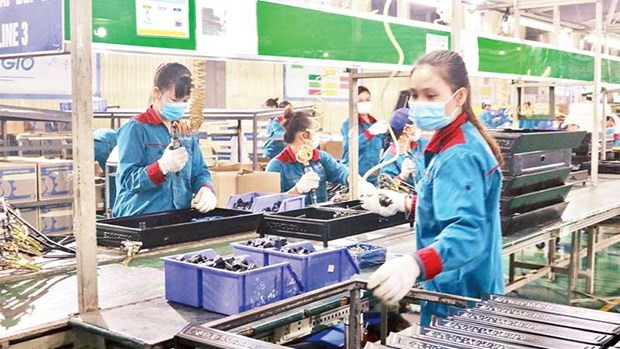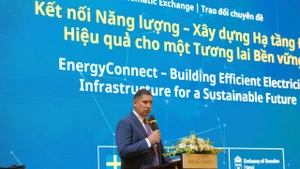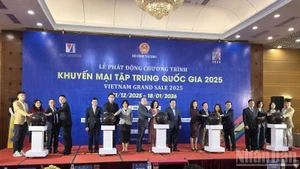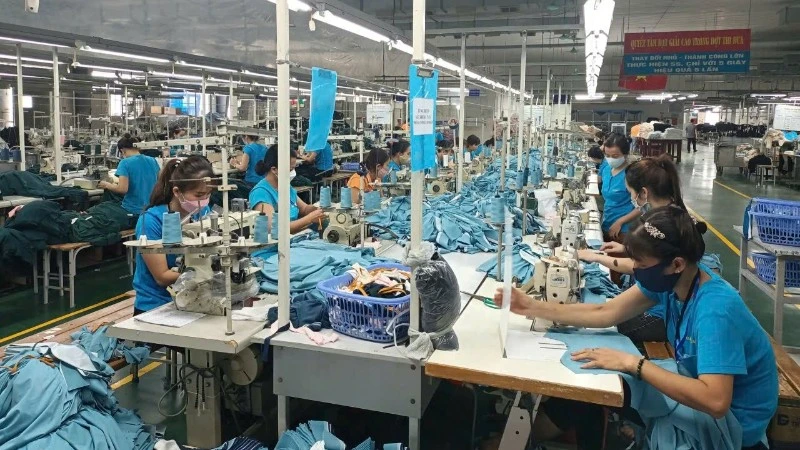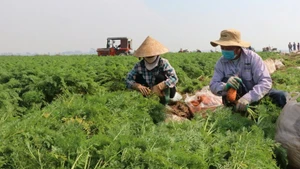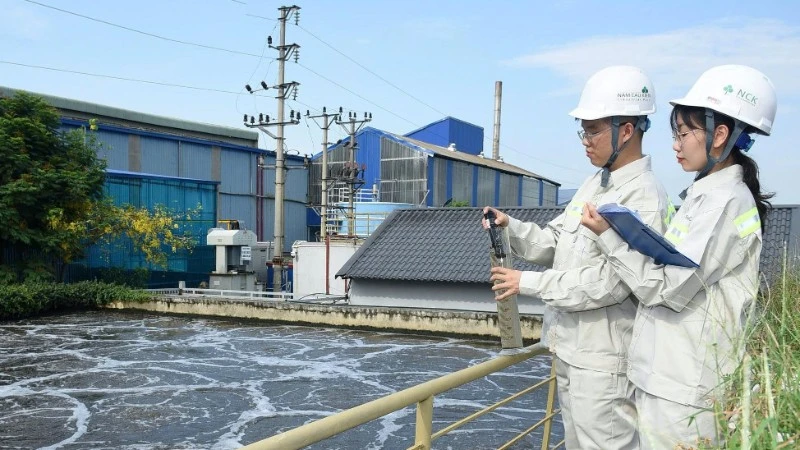Hanoi has become one of the capitals with large areas and populations in the world. Taking advantage of this, the municipal authorities have bolstered the city's development in a rapid, comprehensive and sustainable direction, maintaining its role as an economic locomotive of the country.
The city’s Gross Regional Domestic Product (GRDP) increased by an average 9.68% per year in the 2008 – 2010 period, and 6.67% per year in 2011-2022.
The city’s economy has revived rapidly after the COVID-19 pandemic. It recorded year-on-year growth of 8.89% in gross regional domestic product in 2022, higher than the target of 7 - 7.5%, according to the municipal Statistics Office.
Hanoi’s GRDP grew by 5.97% in the first half of 2023, 1.6 times higher than the national average. The city’s budget revenue rose by 22.9% over the same period last year.
Compared with the northern key economic zone and the whole country, although Hanoi accounts for only 21.2% and 1%, respectively in area, and 41.7% and 8.1% in terms of population, the capital city contributes 47.46% and 12.59% in terms of GRDP. It also contributes 52.48% and 17.07% in terms of state budget revenue and 14.19% and 4.61% of export turnover.
The capital city attracted 1.69 billion USD in foreign direct investment (FDI) last year, among the country's top localities in this field. The figure represents a year-on-year rise of 10.3%. The FDI inflow into the city rose to 2.26 billion USD in the first six months of this year.
Despite challenging economic conditions such as low demand for goods and reduced purchasing power, Hanoi's commercial activities are still thriving. The total retail sales of goods and social consumption services increased by 12.84% on average in 2011-2015, 9.14% in 2016-2020, and 9.3% in 2021-2022. The scale of total retail sales of goods and services in 2022 hit about 698 trillion VND (about 29 billion USD), nearly 3.4 times higher than in 2010.
Industrial production in the city has posted good growth, accounting for an increasing portion in the GRDP, rising from 11.8% in 2010 to 15.82% in 2020 and 15.95% in 2022. Attention has been paid to developing industrial parks and clusters, facilitating investment and production activities of businesses.
The city has so far developed 101 industrial clusters with a total area of over 2,100 ha.
Despite the COVID-19 pandemic, Hanoi's export turnover increased by an average 7.67% a year during the period from 2016 to 2020. In 2021-2022, export turnover expanded at an average rate 6.16% per year, surpassing 17 billion USD in 2022, nearly 2.1 times the figure in 2010.
Agricultural and rural development is always a focus of Hanoi authorities. So far, 15 out of 18 districts have met the new-style rural standards. Per capita income in rural areas reached 56.3 million VND in 2022. The rural facelift has changed positively to become more civilised and modern, while the values of traditional cultural identity are preserved and promoted.
The city is striving to complete the task of new-style rural building by 2025, effectively manage and use land and water resources, protect the environment, conserve biodiversity, sustainably develop ecosystems, proactively respond to natural disasters, adapt to climate change, and ensure agricultural production and people's safety.
In the 2023-2025 period, Hanoi will focus on accelerating the restructuring progress of the agricultural sector, renewing its growth model following the promotion of clean, organic, and ecological farming. It will also prioritise creating favourable conditions for businesses to invest in agriculture and rural areas to create more jobs and improve people's incomes.
